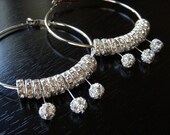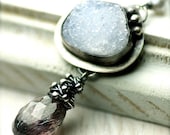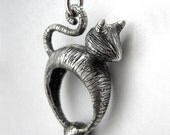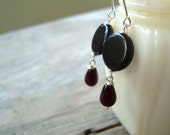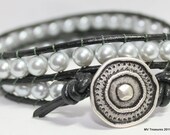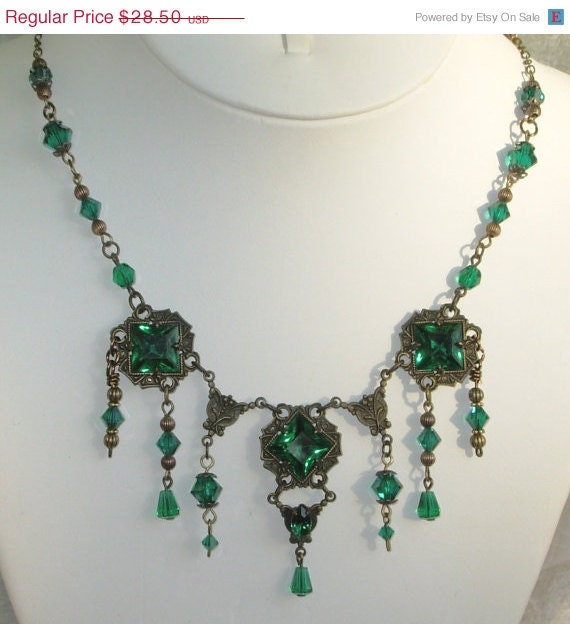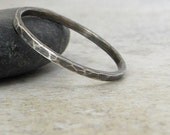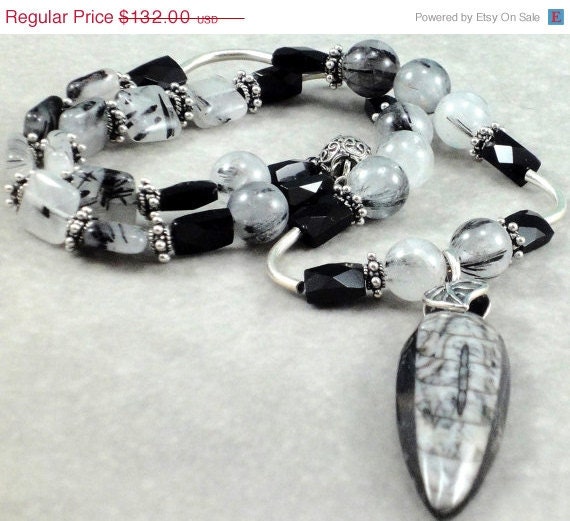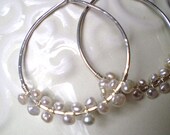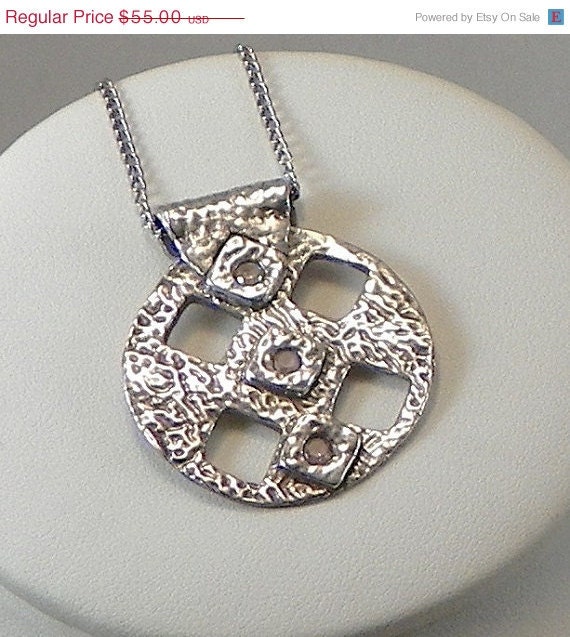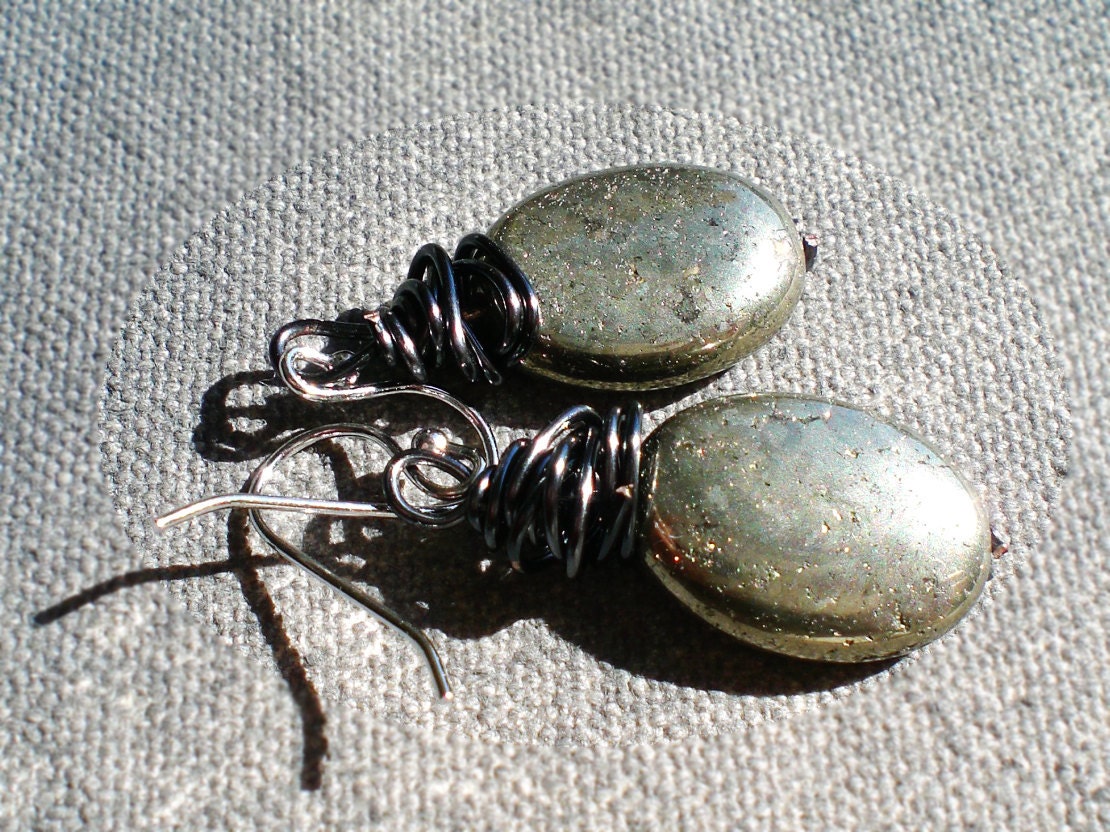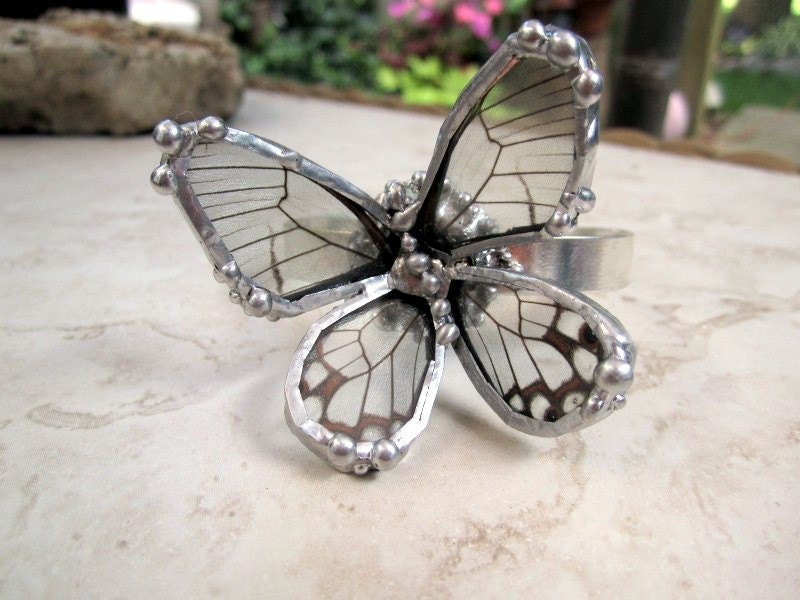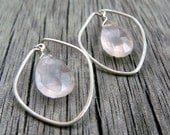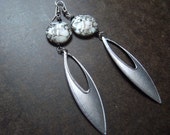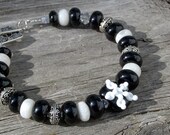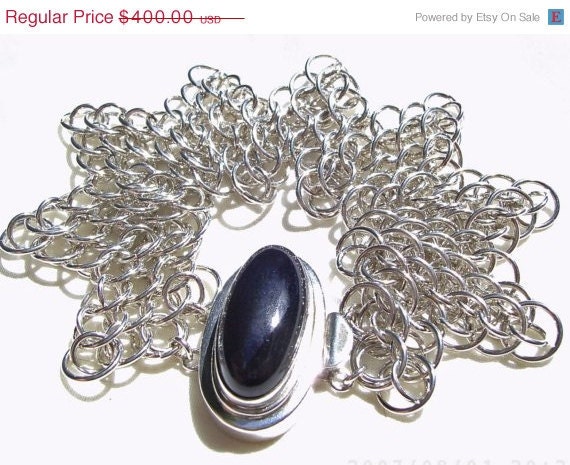Two of my many favorite things about being a member of the JETs is, watching this fabulous team grow, and exploring our newest members' Etsy shops. The items featured in this treasury were created by our 16 newest members. Let's give them, and all our Jetlings the warmest of welcomes!
'Jetlings Come Lately ...' by RoughMagicHolidays To welcome the 16 newest Jetlings to the Jewelry on Etsy Team!
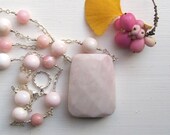 Pink Opal Necklace : Na... $49.00 | 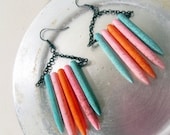 Shades of Turquoise Ear... $18.00 | 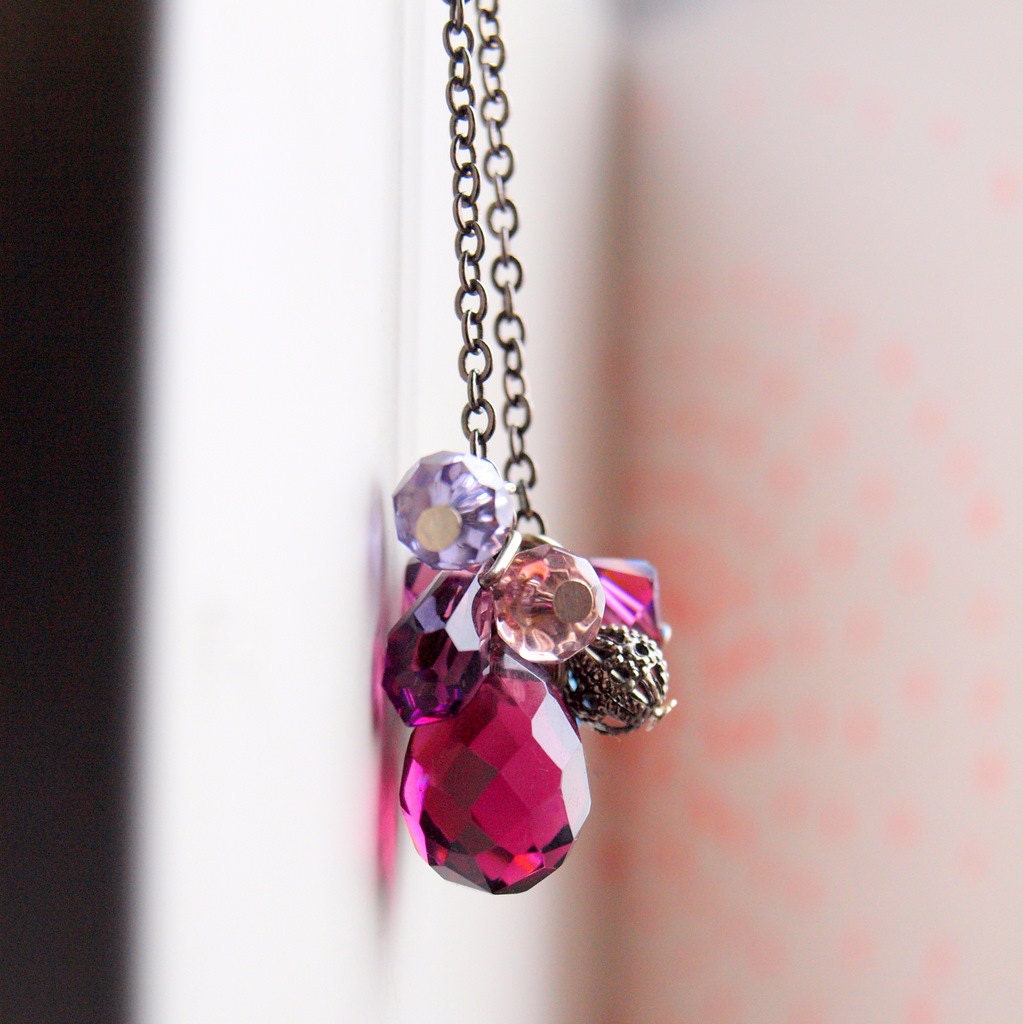 Purple long necklace wi... $17.50 |
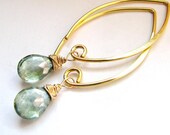 Mystic Green Topaz AAA ... $35.00 | 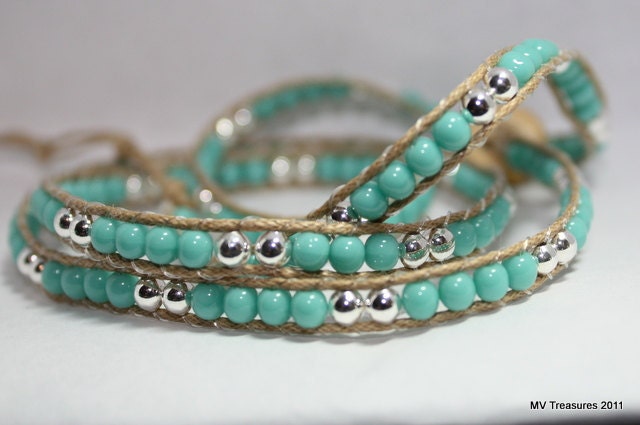 Beaded wrap bracelet fo... $35.00 |  Colorful Orange Crystal... $28.00 |
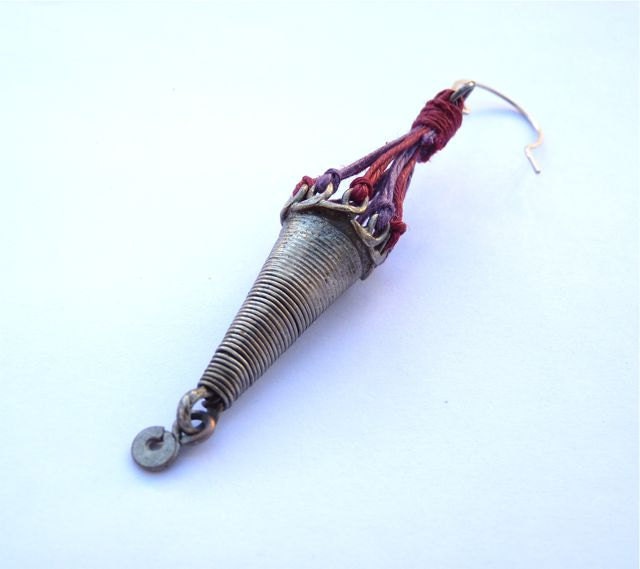 Jerusalem Suk earrings ... $40.00 | 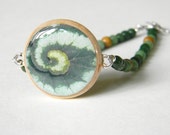 Spiral Begonia bracelet... $25.00 | 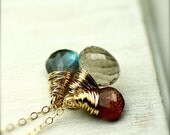 HOLIDAY SALE 15% DISCOU... $58.65 |
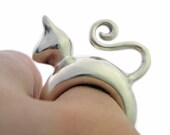 Cat Lover Ring - Smooth... $134.00 | 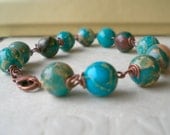 Serpentine Bracelet oc... $29.50 | 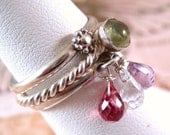 Sterling Silver, perido... $32.00 |
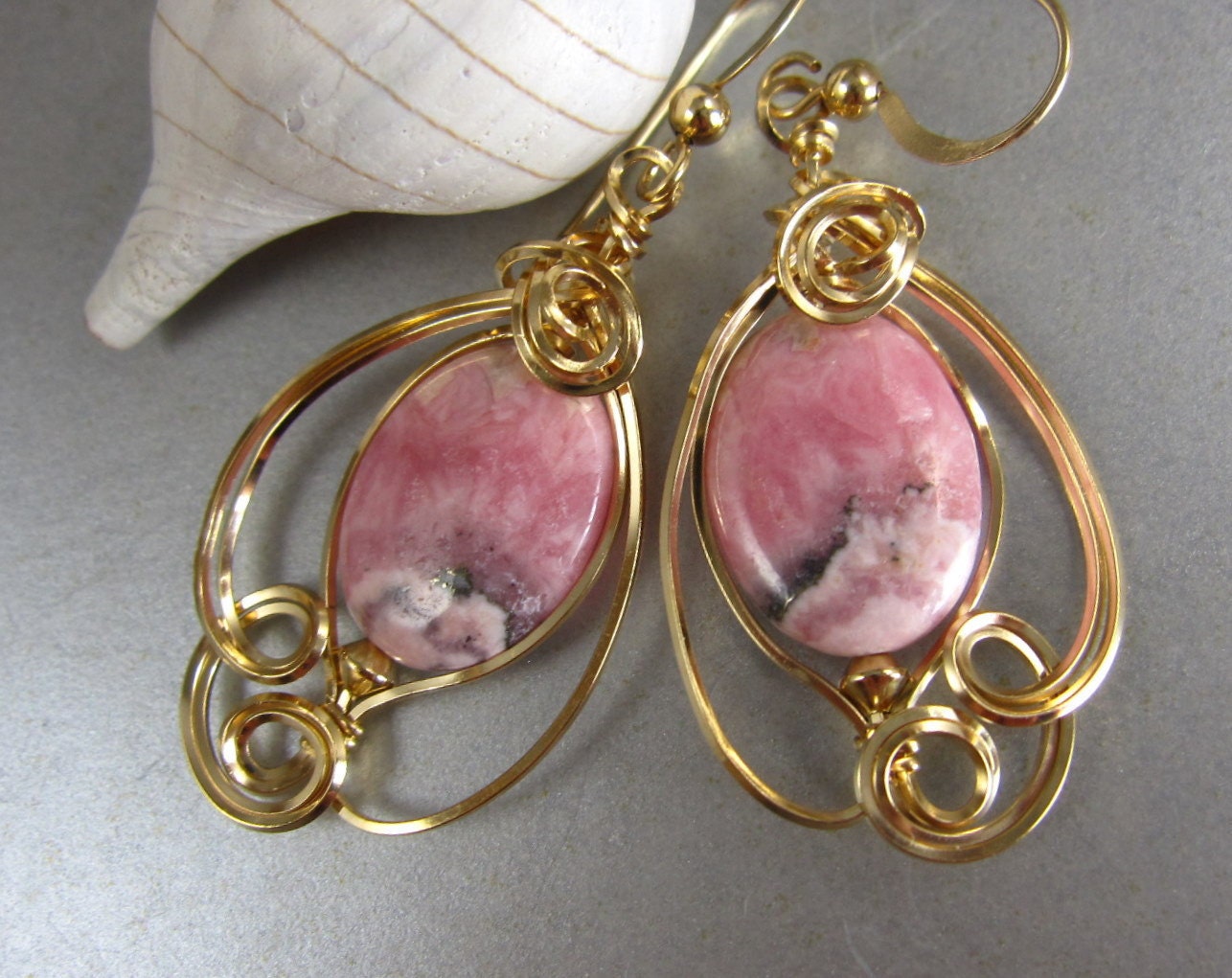 Pink Gemstone Wire Scu... $85.00 | 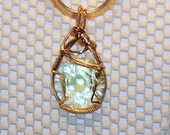 Pale Peridot Pendant $40.00 | 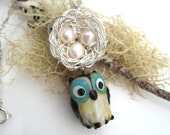 Owl necklace, white bir... $34.00 |
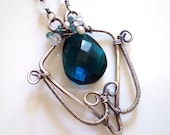 Angels Touch Necklace (... $164.00 |
Thanks for reading,
Mollie



















